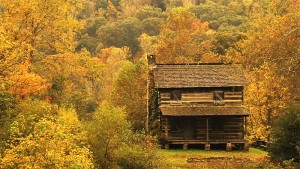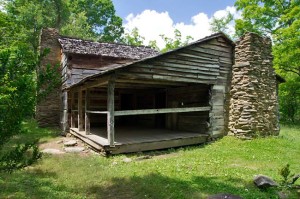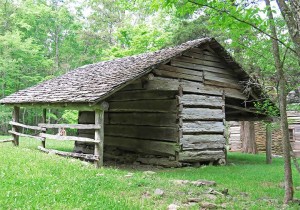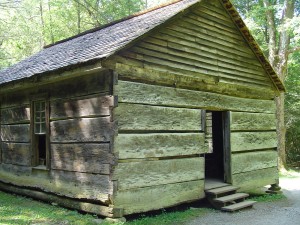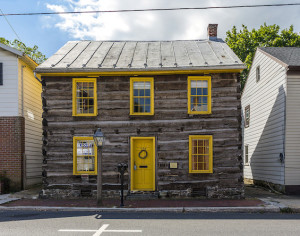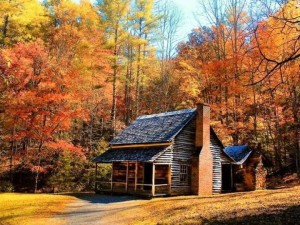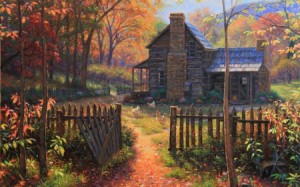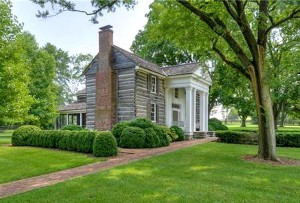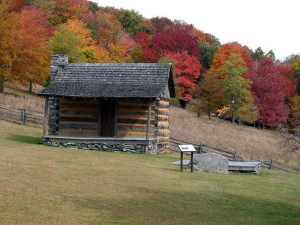Log cabin back porch
Noah Bradley2019-06-29T10:23:13+00:00Now that’s a back porch.
Years ago a back porch was more than a place to sit and reflect. During the warmer months of the year there was plenty of kitchen and laundry work that needed to be done… mainly food preservation of the crops that would sustain the family throughout the Winter and coming Spring. It was much more pleasant to be doing these chores out on the porch where the heat from all the fires needed to can and heat water didn’t make working so unbearable.
Originally posted 2015-10-21 20:11:58.
Wide hewn logs
Noah Bradley2019-06-29T10:23:06+00:00A cabin with huge, wonderful, logs.
All hewn with an axe.
And, with half-dovetail notches in the corners.
Large trees were common back when most of these historic cabins were built, and still today wide logs are available with a little bit of looking. I’ve wondered about why more cabins were not made of wide logs like these are, and even wider ones… the only thing I can come up with is the practicality of working with logs… it’s much harder to hew a really wide log… and it’s much harder to lift a really wide log.
Originally posted 2015-10-19 15:18:27.
Create your future
Noah Bradley2019-06-29T10:22:56+00:00A dream home doesn’t need to remain a dream.
Where do you see yourself five years from now?
There are only two options… make plans, or make excuses.
Decide what you want, create a plan, and then… take the next step… and then the next one… and then the next one…
Originally posted 2015-10-17 13:40:34.

